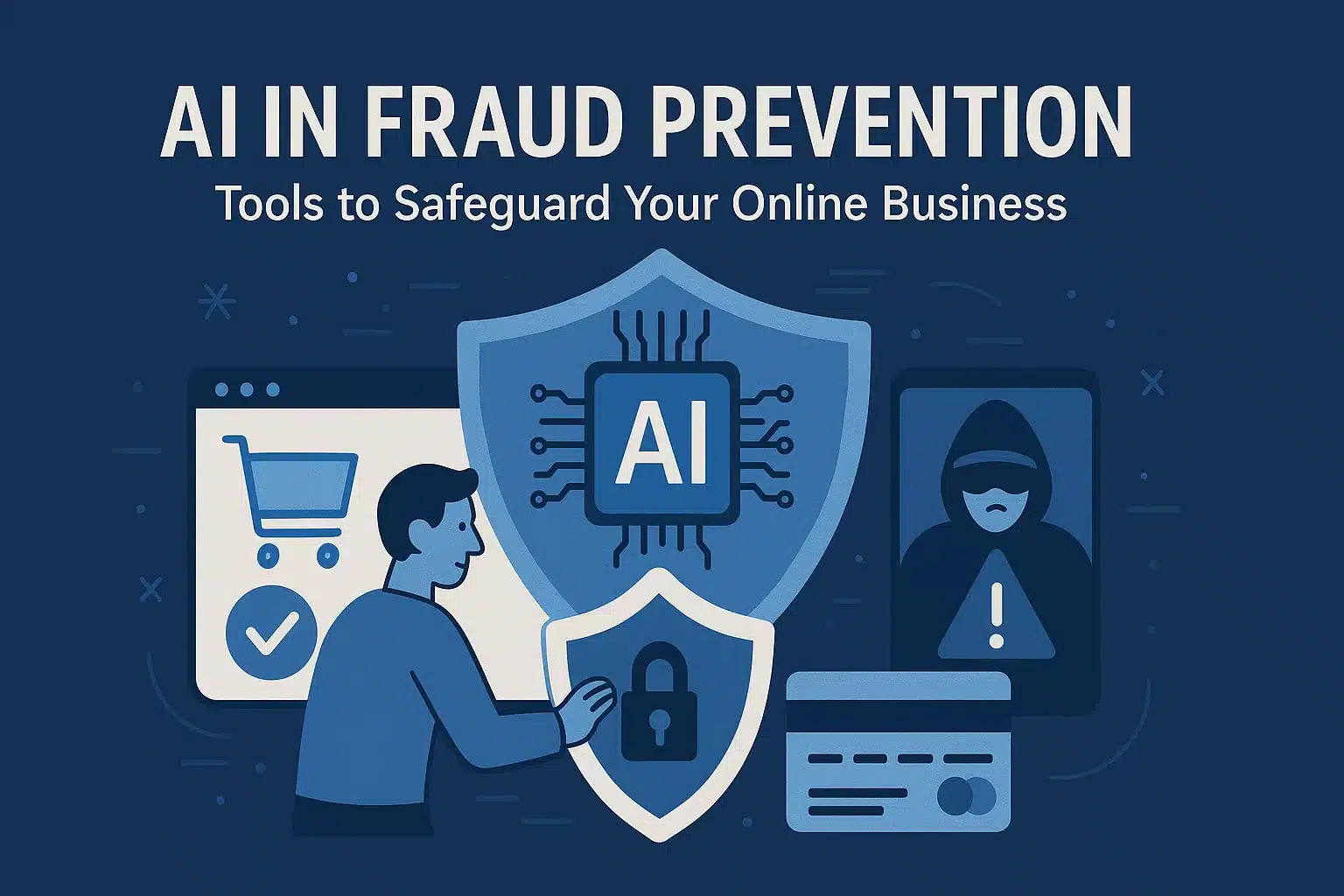
Activity streams between students in a learning system might be developed in the same way that social networks are being created for companies and organizations. Activity streams–which include not only micro-updates and comments but features like video and photo sharing–are coming to replace many of the purposes which email once served. How might these streams be tapped into to form collaborative and interactive learning systems?
————
Coggno.com offers high-quality e-learning education.



















